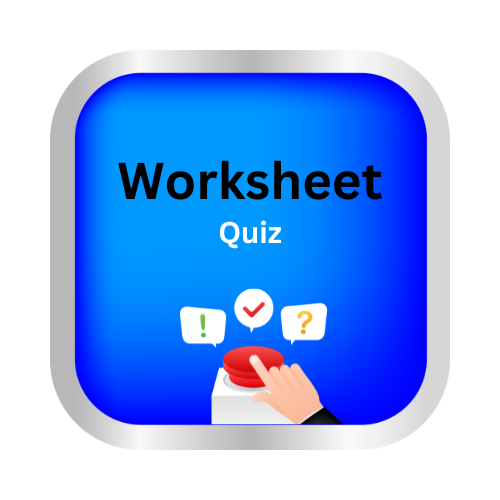Which text is most formal?
Key Notes :
📘 1. What is Formal Language?
- Used in: official, academic, or professional settings.
- Tone: serious, polite, respectful.
- Grammar: complete sentences, no contractions.
- Vocabulary: precise and sophisticated (e.g., “assist” instead of “help”).
🗣️ 2. Features of Formal Texts
- Use of standard English grammar and vocabulary.
- No slang, no emojis, no casual phrases.
- Often includes complex sentences.
- May include passive voice (e.g., “The task was completed”).
- Proper use of punctuation and capitalization.
- Often avoids personal pronouns (e.g., “I”, “you”).
📄 3. Common Formal Text Types
- Academic essays
- Job applications
- Business letters
- News reports
- Speeches or official announcements
💬 4. Informal Texts (for comparison)
- Use slang or casual words (e.g., “cool”, “guy”).
- Use contractions (e.g., “can’t”, “won’t”).
- May use emojis, short sentences, or texting language.
- Common in texts, emails to friends, blogs, or diary entries.
Learn with an example
👉 Which order confirmation is more formal?
- Thanks for shopping with us. We’ll let you know ASAP when your item has shipped.
- Thank you for shopping with us. We will send a confirmation as soon as your item has shipped.
The second order confirmation is more formal. It uses more elevated language (confirmation). The other order confirmation uses contractions (we’ll) and abbreviations (ASAP) and sounds more conversational.
👉 Which announcement is more formal?
- The law firm is so happy to tell you . . .
- The law firm is pleased to announce . . .
The second announcement is more formal. It uses more elevated language (pleased to announce). The other announcement sounds more conversational (so happy).
👉 Which letter closing is more formal?
- Best regards,
- Cheers,
The first letter closing is more formal. The other letter closing is more casual and suggests a familiarity with the person being written to.
let’s practice!

